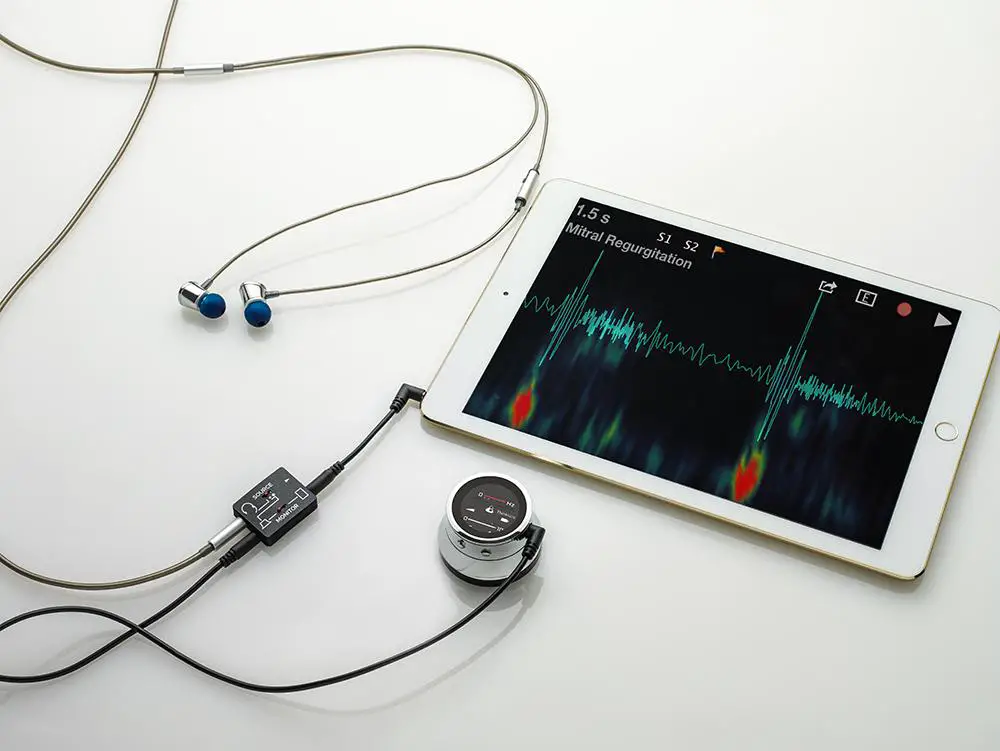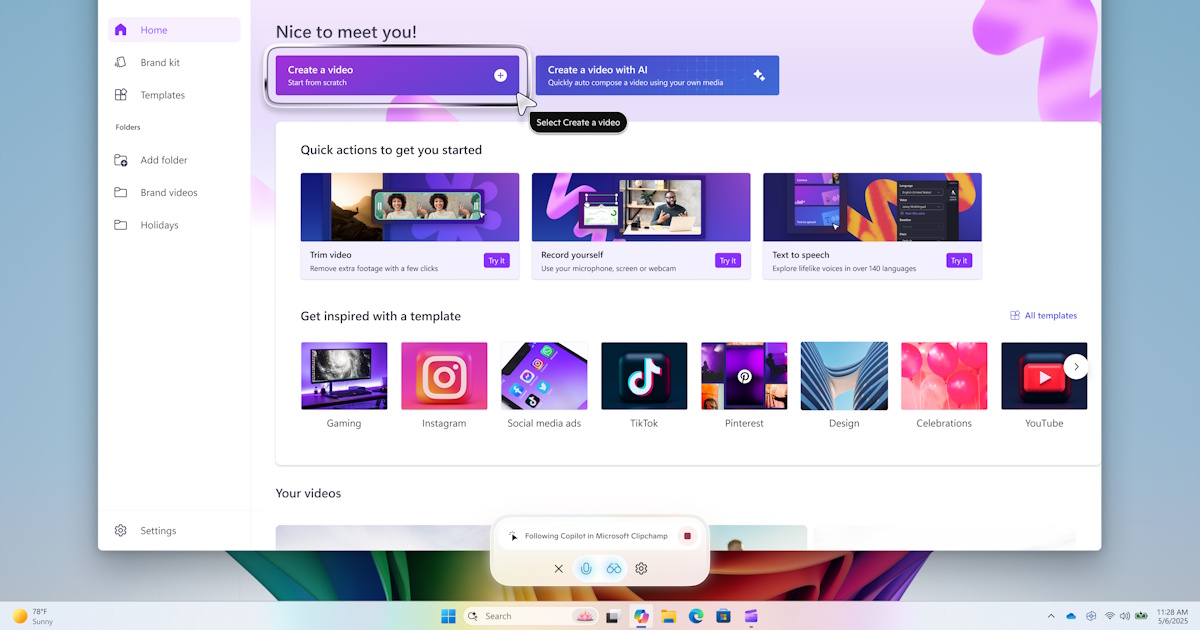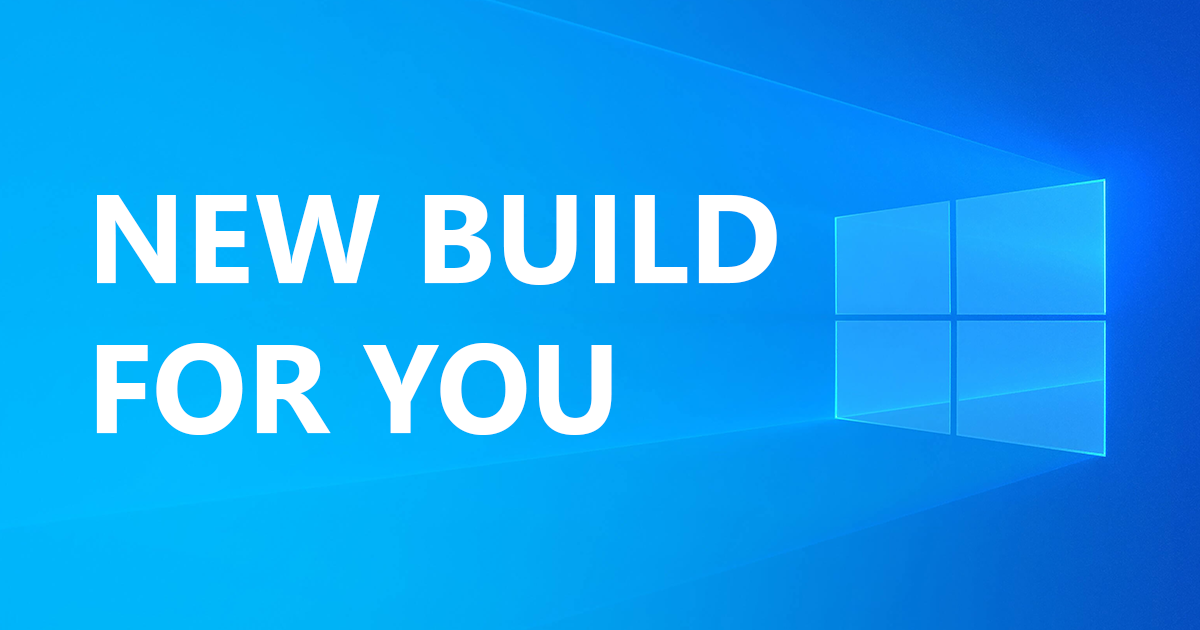A Remote Medical Scribe Toolkit Crafting Efficiency and Precision
The rise of telemedicine and remote work has transformed how medical institutions operate. In this digital age, remote scribes have become essential, helping streamline documentation and ensuring accuracy in healthcare settings. Understanding the Role of a Remote Scribe Remote scribes play a crucial role in healthcare by assisting physicians with documentation tasks. They capture patient interactions in real-time, ensuring that medical records are accurate and comprehensive. This is particularly important as it allows healthcare providers to focus more on patient care rather than administrative tasks. The demand for remote scribes has surged due to the expansion of telehealth services. Their […] The post A Remote Medical Scribe Toolkit Crafting Efficiency and Precision appeared first on Phandroid.

The rise of telemedicine and remote work has transformed how medical institutions operate. In this digital age, remote scribes have become essential, helping streamline documentation and ensuring accuracy in healthcare settings.
Understanding the Role of a Remote Scribe
Remote scribes play a crucial role in healthcare by assisting physicians with documentation tasks. They capture patient interactions in real-time, ensuring that medical records are accurate and comprehensive. This is particularly important as it allows healthcare providers to focus more on patient care rather than administrative tasks.
The demand for remote scribes has surged due to the expansion of telehealth services. Their ability to work from anywhere while maintaining efficiency contributes significantly to healthcare delivery. For medical institutions, integrating a remote medical scribes can mean improved workflow and reduced burnout for doctors and other medical professionals.
The shift to remote scribes requires an understanding of the tools and technology that facilitate seamless operations. The effectiveness of a remote scribe is often tied to the resources at their disposal, making it vital to equip them with the right toolkit.
The Importance of Reliable Communication Tools
Effective communication is the backbone of a remote scribe’s job. Being able to interact with physicians and other healthcare team members in real-time is essential. Tools like secure video conferencing platforms and messaging apps provide the means for remote scribes to stay connected with medical teams, regardless of geographical barriers.
Video conferencing tools are invaluable as they allow scribes to participate in patient consultations remotely. This enhances their ability to document interactions accurately. Messaging apps, on the other hand, provide a quick and efficient way to clarify instructions or discuss medical notes with healthcare providers, ensuring no detail is overlooked.
For medical institutions, selecting reliable and secure communication tools can make a significant difference in the efficiency of their remote scribe operations. It’s crucial to choose platforms that prioritize privacy and adhere to healthcare regulations to protect patient information.
Harnessing the Power of Digital Note Taking
Digital note taking tools are essential for remote scribes, allowing them to capture information quickly and accurately. These tools provide features like voice recognition, real-time editing, and seamless integration with electronic health record (EHR) systems, enhancing the speed and precision of documentation processes.
Voice recognition technology can be particularly beneficial, as it enables scribes to transcribe spoken words into written text efficiently. This is especially useful during fast-paced medical consultations where capturing every detail is critical. Real-time editing features further enhance the accuracy of documentation, allowing scribes to make immediate corrections when needed.
Integration with EHR systems is another critical aspect of digital note taking tools. This ensures that the documentation produced by remote scribes is easily accessible to healthcare providers, facilitating better patient care and record-keeping.
Choosing the Right Hardware for Efficient Documentation
The hardware used by remote scribes plays a pivotal role in their productivity. Laptops or tablets with powerful processors and ample memory are essential for running documentation software smoothly. A reliable internet connection is equally crucial to prevent disruptions during remote sessions.
Laptops and tablets should be selected based on their performance capabilities, ensuring they can handle the demands of documentation tasks. High-resolution screens are beneficial for viewing detailed medical images and records, while ergonomic keyboards and accessories enhance comfort during extended work periods.
A stable internet connection is vital for maintaining seamless communication and access to medical records. Investing in quality routers and internet service providers ensures that remote scribes can work without interruptions, contributing to the overall efficiency of healthcare delivery.
Essential Software for Seamless Integration with EHR Systems
Software that integrates seamlessly with EHR systems is indispensable for remote scribes. These software solutions facilitate the smooth transfer of documentation into patient records, minimizing the risk of errors and omissions.
Selecting software that is compatible with existing EHR systems is crucial for medical institutions. This compatibility ensures that the documentation provided by remote scribes is readily available to healthcare providers, improving the overall quality of patient care. Additionally, software with user-friendly interfaces and intuitive features enhances the efficiency of remote scribes, allowing them to focus on delivering accurate documentation.
For telemedicine users, choosing software that supports seamless integration with EHR systems ensures that patient records are up-to-date and comprehensive, contributing to better treatment outcomes.
Leveraging Productivity Tools to Optimize Workflow
Productivity tools are valuable assets for remote scribes, helping them manage their tasks and time effectively. These tools offer features like task management, calendar integration, and reminders, ensuring that scribes stay organized and meet deadlines consistently.
Task management tools allow remote scribes to prioritize their workload, ensuring that important tasks are completed promptly. Calendar integration provides a centralized view of appointments and deadlines, preventing scheduling conflicts and enhancing time management. Reminders serve as helpful prompts for tasks that require immediate attention, reducing the risk of overlooked responsibilities.
By integrating productivity tools into their workflow, remote scribes can enhance their efficiency and contribute significantly to the overall productivity of medical institutions.
Staying Informed with Continuing Education Resources
Continual learning is essential for remote scribes who need to stay updated with the latest medical terminology, procedures, and documentation standards. Access to continuing education resources ensures that scribes remain knowledgeable and proficient in their roles.
Online courses, webinars, and industry publications are excellent resources for remote scribes seeking professional development. These resources provide valuable insights into the evolving healthcare landscape, equipping scribes with the information they need to excel in their positions.
Encouraging remote scribes to engage in ongoing education benefits both the individual and the medical institution. It ensures that scribes maintain high documentation standards and contribute to the overall quality of patient care.
Building a Support Network for Remote Scribes
A strong support network is invaluable for remote scribes, providing them with guidance, mentorship, and a sense of community. Connecting with other scribes and healthcare professionals fosters a sense of belonging and shared purpose.
Online forums, industry associations, and professional networks offer opportunities for remote scribes to connect with their peers. These platforms facilitate knowledge sharing, problem-solving, and discussions on best practices. Additionally, mentorship programs provide valuable guidance for scribes seeking to advance their careers and expand their skill sets.
For telemedicine users and medical institutions, supporting a strong network of remote scribes enhances collaboration and contributes to the overall success of healthcare operations.
Navigating Challenges Unique to Remote Scribes
Remote scribes face unique challenges that require careful consideration and proactive strategies. These challenges include managing work-life balance, maintaining motivation, and adapting to technological changes.
Balancing work and personal life can be challenging for remote scribes, who often work from home. Establishing clear boundaries and creating a dedicated workspace can help scribes maintain a healthy work-life balance. Motivation can be sustained through goal setting, regular breaks, and celebrating achievements.
Adapting to technological changes is essential for remote scribes, who rely heavily on technology for their work. Staying informed about new tools and updates ensures that scribes remain efficient and effective in their roles.
Fostering a Culture of Collaboration in Healthcare
Collaboration is vital for the success of remote scribes and the healthcare institutions they support. Promoting a culture of collaboration enhances communication, innovation, and the overall quality of patient care.
Encouraging open communication among remote scribes, healthcare providers, and other team members fosters a collaborative environment. Regular team meetings, brainstorming sessions, and collaborative projects provide opportunities for sharing ideas and improving processes.
For medical institutions, fostering collaboration among remote scribes and healthcare professionals contributes to a unified approach to patient care, resulting in better outcomes and increased patient satisfaction.
Expanding Opportunities with Remote Scribe Technology
The advancements in technology have opened new opportunities for remote scribes, expanding their roles and contributions to healthcare. From telemedicine to research, remote scribes play a pivotal role in shaping the future of healthcare delivery.
Remote scribe technology enables scribes to work across various healthcare settings, including hospitals, clinics, and private practices. Their expertise in documentation and communication makes them valuable assets in telemedicine initiatives, where accurate and efficient documentation is essential.
For medical institutions and telemedicine users, leveraging remote scribe technology ensures that healthcare services remain innovative, efficient, and patient-centered.
Conclusion
A remote medical scribes are indispensable in the modern healthcare landscape, providing critical support for accurate documentation and efficient operations. Equipping remote scribes with the right tools enhances their effectiveness and contributions to medical institutions and telemedicine users alike.
Understanding the importance of communication tools, digital note taking, secure data storage, and productivity resources is essential for optimizing the performance of remote scribes. By fostering collaboration, supporting ongoing education, and addressing unique challenges, healthcare institutions can maximize the benefits of remote scribe technology.
The post A Remote Medical Scribe Toolkit Crafting Efficiency and Precision appeared first on Phandroid.




